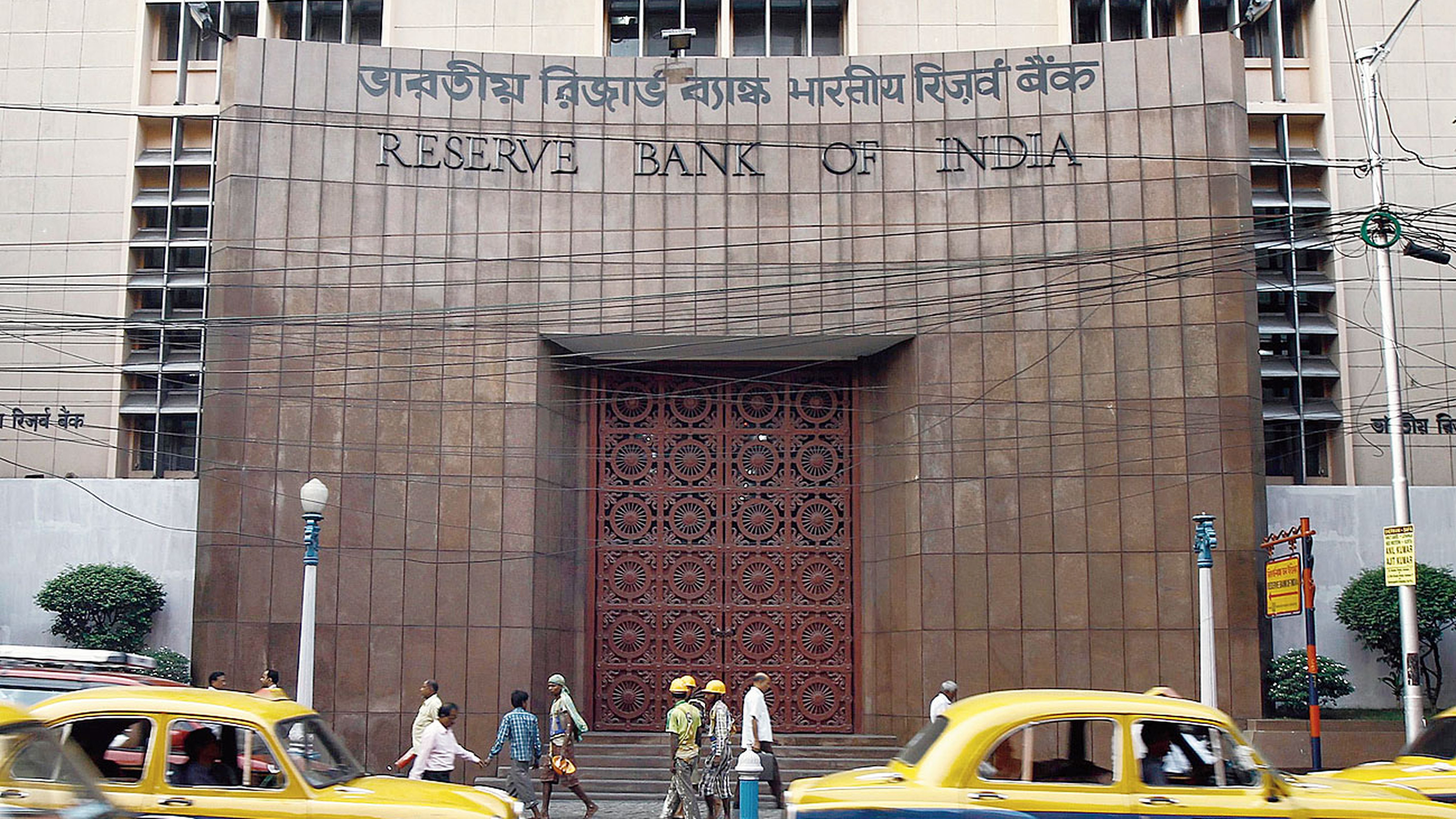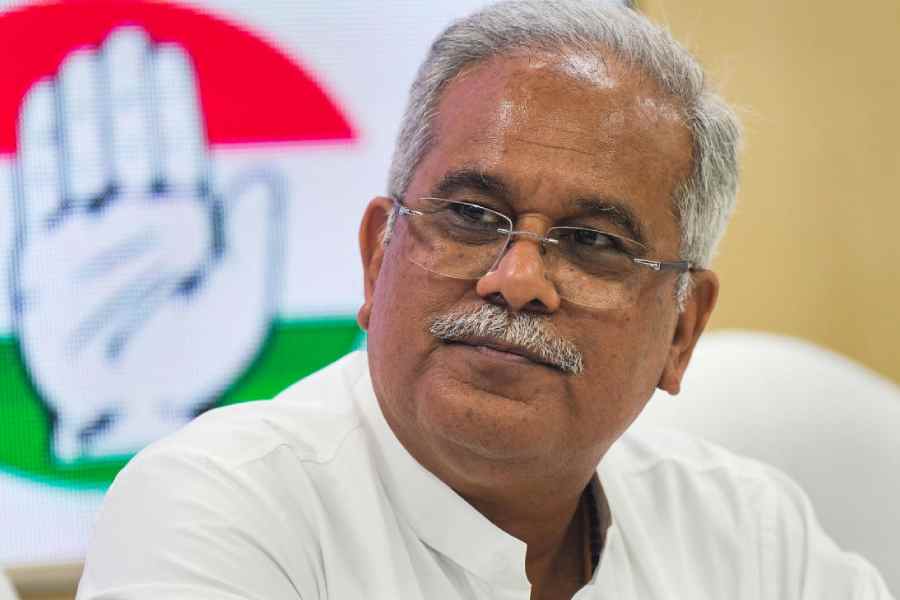The first five years of the Pradhan Mantri Jan Dhan Yojana, the government’s flagship financial inclusion scheme, concluded on August 14. Extending the scheme in August 2018 at the end of its second phase, the government announced liberal incentives so as to encourage more people to open a bank account under the scheme. The focus was on providing a bank account to every unbanked individual, broadening the ambit from every unbanked household. The overdraft limit was raised to Rs 10,000 from Rs 5,000, the accidental insurance coverage raised to Rs 2 lakh for the new accounts from 1 lakh, and the age limit to open the account to 65 years from 60. But beneficiaries did not know about the benefits of the scheme earlier. Nor do they know about them now.
The question of publicity of the scheme arose. Information was sought under the Right to Information Act from the ministry of finance to know about the quantitative aspect. The department of financial services has informed that Rs 15.4 million had been spent on two exclusive advertisements on the scheme in the print media during April, July and August of 2018. The first appeal, as per RTI, to know the anticipated expenses around the time of launching the scheme or thereafter did not elicit any response.
Significantly, the banks had given the scheme a premature burial much before its extension. The reasons for this are two-fold. The scheme could not provide the required business to the banks. The average deposit in such accounts looks meagre — Rs 2,790 till August 2019. During the initial phase of the scheme when they were given harsh targets of opening new accounts, desperate bank officials had taken unprecedented measures. Reportedly, people were advised to even close an existing, but dormant, bank account to open a new one under the scheme. The precondition of the scheme to not have a bank account could thereby be satisfied with such a false declaration. Secondly, new targets came to them for disbursing collateral-free ‘Mudra’ loans; the scheme was launched in April 2015 to promote non-farm self-employment. Mudra appeared to be the second-most highlighted scheme at the time of the last general election after Ayushman Bharat, the health protection initiative launched by the government for people belonging to the economically weaker sections.
Banks are mum on Jan Dhan accounts even now. The government has boasted of the scheme’s success on the eve of its completion of five years. It was reported that 365 million accounts have been opened, 289.1 million Rupay cards issued, and more than 1 trillion of deposits garnered under the scheme.
However, the scheme has not been able to cater to the credit and insurance needs of the people. A survey, conducted under the guidance of Ashok Banerjee, a professor at IIM Calcutta, has shown that in West Bengal only a handful of people are aware of the special benefits of the scheme. Only one respondent out of 1,000 surveyed mentioned the overdraft — the jewel in the scheme — to be the reason behind opening a bank account. No one has reportedly heard of the automatic life insurance cover as an early-bird benefit. About 80 per cent of the respondents made it clear that the new bank account was being offered for enabling the transfer of government subsidies. The Rupay card, automatically available with the bank account, had not even been activated by many of them. Thus, the beneficiaries remained deprived — unknowingly — of the accidental insurance benefit. An all-India survey published in the Economic and Political Weekly in 2018 stated that only 3.539 million people — 1 per cent of account holders — could avail the overdraft and that 4,500 beneficiaries — less than 0.5 per cent of the estimated eligible population — could receive life insurance claims.
Bank account ownership in the United States of America (93.1 per cent) is ahead by about 13 per cent from that in India (79.9 per cent) according to the 2017 Findex report. Surprisingly, during the same time, only one American family out of 15 — about 8 million families in that country — did not have a bank account (The Wall Street Journal). However, 38.5 per cent of the accounts remained dormant in India in 2017 as against only 2.9 per cent in the US. The government confronted the observation by revising the definition of dormancy. Taking the new criterion of at least one customer-induced transaction in the preceding two years to treat a bank account as active, the government claimed in Parliament that more than 75 per cent of bank accounts (256 million) are active.
Since its inception, the Mudra Yojana seems to be stealing publicity from the Jan Dhan scheme. But the new self-employment scheme is plagued with the problem of non-performing assets. The ministry was cautioned about the provision of the collateral-free loan of up to Rs 1 million in the scheme as per an IANS report published on January 13. Under the norms of the Reserve Bank of India, an account is classified as NPA if it is not serviced for 90 days. NPAs have jumped by Rs 92.04 billion or 126 per cent from Rs 72.77 billion in March 2018 to Rs 164.81 billion in March 2019. The total amount of sanctioned loans increased by 26.82 per cent, from Rs 2.53 thousand billion to Rs 3.21 thousand billion in March 2019, the number of loans also jumping by 24.39 per cent from 48 million to 59 million. Finance ministry sources estimate that the sanctioned loan crossing over Rs 3,000 billion in the current fiscal as advocated by the government has been left as the only resort to come out of unemployment.
According to bank officials, the Jan Dhan Yojana could satisfy the social objective of financial inclusion, but without any hope of profitability. An enquiry of the scheme resulted in officials raising their eyebrows and offering a pessimistic assessment. Yet, they seem powerless to see the dire future of their organizations creaking under the increasing pressure of bad loans, such as those fuelled by the Mudra scheme. It also does not make sense that two schemes with different objectives are getting overlapped and being compared.












